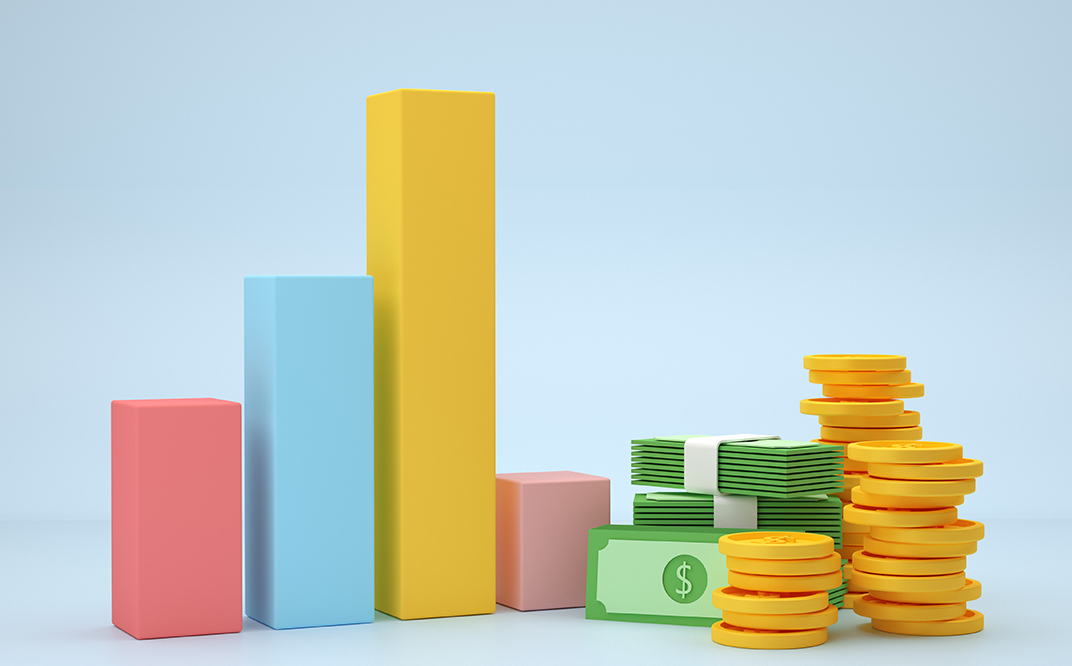Definition and Dimensions of Sustainable Development
In a world with limited natural resources, the unlimited use of resources is a problem that threatens not only our present but also our future. The diminishing water resources, increasing consumption, pollution and deforestation adversely affect the lives of other living things as well as humans. Raising awareness about this global problem is possible with the concept of sustainable development.

What is Sustainable Development?
The international recognition of the concept of sustainable development dates back to the UN Conference on the Human Environment held in Stockholm Sweden in 1972. Although there was no direct reference to the concept, the idea of global cooperation was reached in order to seek solutions to reconcile separate issues such as economic development and environmental management. This consensus paved the way for the concept of sustainable development.
The concept of sustainable development was first defined in the Brundtland Report published by the United Nations in 1987. The report was named after Gro Harlem Brundtland, who was then the president of the World Commission on Environment and Development (WCED). The report, also known as Our Common Future, defines sustainable development as “Development that meets the needs of the present without compromising the ability of future generations to meet their own needs.”
The concept of sustainable development envisages societies living in prosperity both now and in the future. It encompasses measures related to the environment, economy, waste management, access to clean water, equality of opportunity, hunger, poverty and many other factors concerning human beings within the scope of creating humane living conditions.
Sustainable development requires the simultaneous achievement of four main goals on a global scale. These goals are:
- Active protection of the environment,
- Careful use of natural resources,
- Ensuring social development that takes into account the needs of all,
- Maintaining employment opportunities based on stable economic growth.

What are the Benefits of Sustainable Development?
Sustainable development has many co-benefits for both present and future generations. These benefits, which include economic, social and environmental factors, are as important for companies as they are for people and other living things.
We can list some of the benefits of sustainable development as follows:
- Reduces the negative impact of humans on nature.
- The balance between human being and nature is maintained by protecting the habitats of various living things on Earth. This ensures that deforestation is prevented, water resources and biodiversity are protected.
- It enables equality of opportunity in every sense by making humane living conditions accessible to all. It helps reduce poverty and hunger and provides access to basic services such as education and health.
- Natural resources can be used efficiently. It reduces waste and increases recycling. In this respect, it provides environmental and economic benefits.
- Paves the way for technological developments and innovative solutions. It paves the way for areas such as energy efficiency and sustainable agriculture.
- It opens up new sectors that will enable the realization of new technological developments. In this respect, it supports employment.
Dimensions of Sustainable Development
Sustainable development requires a combination of various factors that affect the world and human life at the same time. Sustainable development depends on a holistic perspective, as regression in any one dimension will negatively affect the other. In addition, addressing development in different dimensions facilitates the measurement and progress monitoring of each stage.
Sustainable development is evaluated within the framework of 3 basic dimensions .
- Environmental protection,
- Social inclusion,
- Economic growth.

Environmental Protection
In its simplest definition, environmental sustainability is based on ensuring that people interact responsibly with the planet. Natural resources are finite. However, the uncontrolled growth of the human population, in addition to increased consumption and pollution, leads to a rapid depletion of natural resources.
At the same time, intensive human activity can have many negative impacts on nature, such as deforestation, reduction of biodiversity and accumulation of greenhouse gases. All these are threats to environmental integrity. Therefore, within the scope of environmental protection, the necessity to reduce the damage to the environment as a result of the use of natural resources is addressed.
So, what can be done to contribute to environmental sustainability?
- Efforts can be made to reduce the carbon footprint.
- Energy efficient practices such as solar panels and LED lighting can be used.
- Methods that increase efficiency based on product production by using fewer resources and producing less waste can be applied.
- Policies for the efficient use of natural resources can be pursued.
- Renewable energy sources such as solar or wind energy can be preferred instead of environmentally harmful fossil fuels.
- Companies can prevent waste of resources by implementing alternative recycling policies to reduce waste.
- By developing alternative transportation solutions such as public transportation or cycling, companies can contribute to reducing the use of personal vehicles and thus carbon emissions.
Social Development
One of the most important dimensions of sustainable development is social development. Ending hunger and poverty and making life in humane conditions possible for everyone living on the planet is related to the social dimension of development.
In order to realize social development in an inclusive manner, the following basic principles should be taken into account
- Ensuring equality of opportunity,
- Improving quality of life,
- Preventing discrimination,
- Enhancing governance capacity,
- Promoting democratic systems.
Access to basic needs can be improved through the implementation of basic principles, and individuals’ motivation for social development can be supported by facilitating access to health services and educational opportunities.
Some of the practices that can support social development can be listed as follows:
- Businesses can adopt more sustainable practices and create new jobs in areas such as renewable energy generation, waste management or green building construction.
- By considering export options instead of imports, companies can save on transportation costs, reduce greenhouse gas emissions, and support local producers to boost the local economy.

Economic Growth
Economic growth encompasses development practices that do not have a negative impact on environmental protection and social inclusion. Development is often driven by a specific need without taking into account the future impacts of these practices. Such a development policy, even if it leads to unilateral development, can lead to different consequences that profoundly affect human life.
For example, economic development achieved through unplanned and excessive consumption of environmental and social resources can lead to rapid depletion of natural resources and jeopardize the potential to meet the needs of future generations. For this reason, programs to ensure economic growth in particular need to be developed from a holistic perspective.
For economic growth and sustainability to be successful in the long term, there are many practices that can be implemented by taking into account the social and environmental dimensions of development.
- By investing in renewable energy sources, companies can create jobs in clean energy industries such as solar panel installation or wind turbine maintenance.
- Companies can generate more profits through sustainable agricultural practices. They can also help protect the environment by saving water and contributing to soil health.
- They can save money by using recycled materials in their production processes.
- As sustainable practices become more widespread around the world, companies that adopt these policies can attract more investors. Thus, companies can gain competitive advantage.
As can be seen, the concept of sustainable development has a framework that can make significant contributions to the future of both individuals and companies. Businesses, in particular, can make many positive developments in the environmental and economic aspects of sustainability with alternative programs and projects they can implement.
If you want to implement a more sustainable management model in your business, you can review the software we offer as QuickCarbon. Thanks to our user-friendly software, you can access calculations and reports prepared in accordance with ISO 14064-1:2018 Standard and GHG Protocol without the need for any consultancy services. Based on the data you obtain, you can plan what you can do to make your business more sustainable.